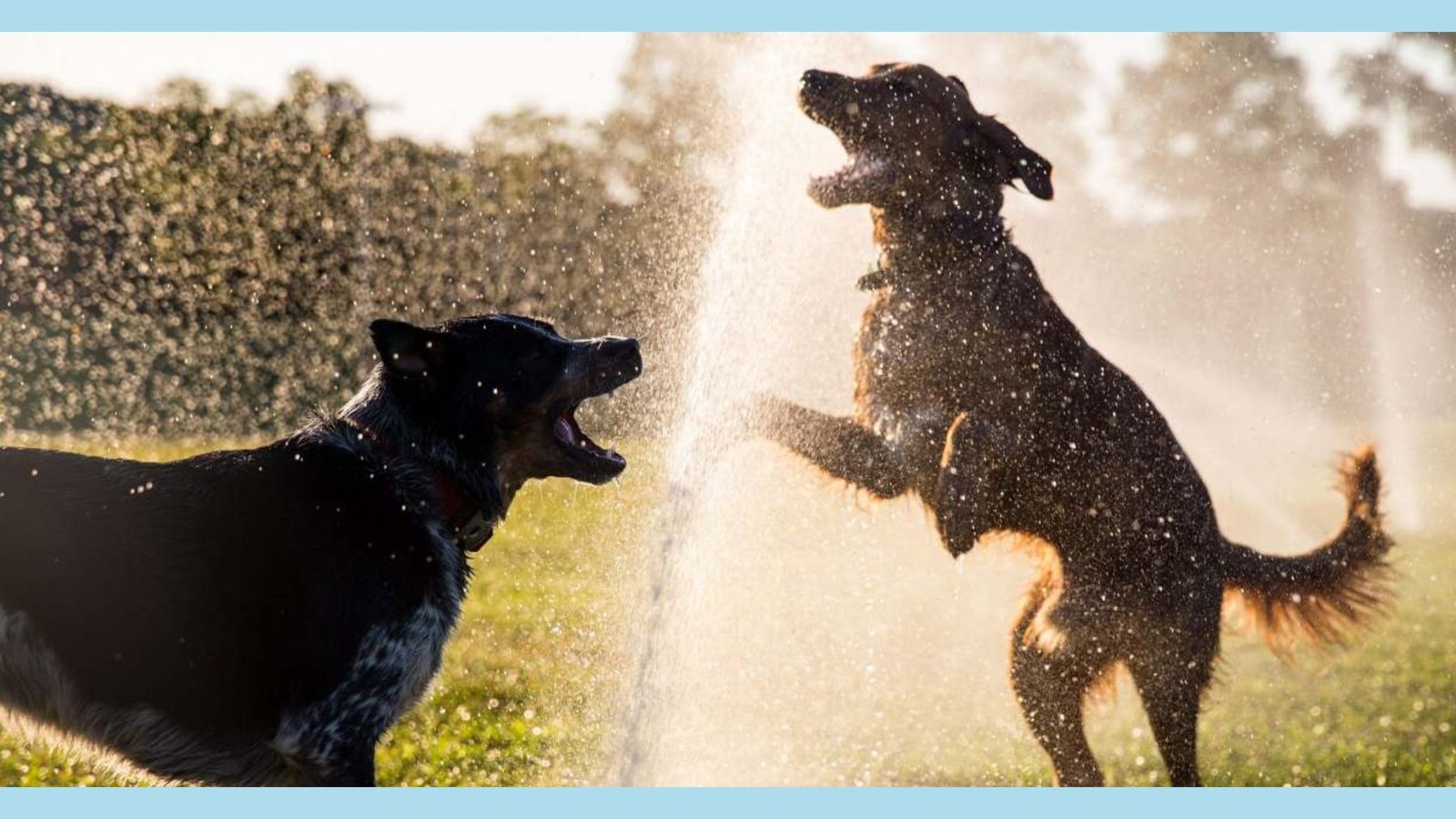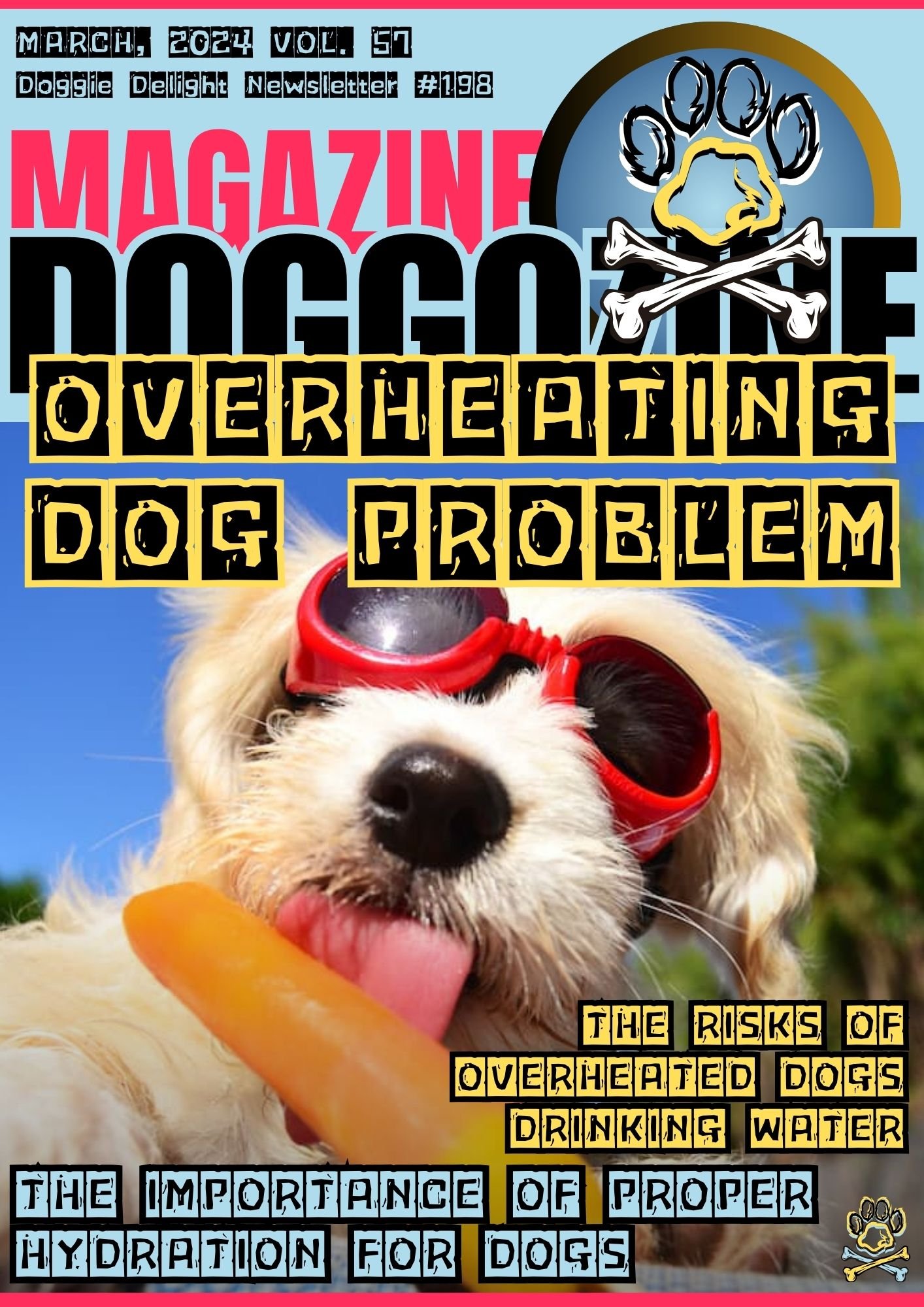
KEEPING YOUR DOGS SAFE FROM HOT WEATHER
Hot summer days bring risks for our canine friends. Dogs have a harder time cooling off. Their bodies get too warm more easily. We need to protect them from overheating. Dogs can’t sweat all over like humans. They only sweat through their noses and paws. This makes them more prone to heatstroke. As pet owners, we must take extra care in hot weather as could come to overheating in our dogs.
Signs of Heatstroke in Dogs
Heatstroke happens when a dog’s body gets dangerously hot. This can damage organs inside. It could even lead to death without treatment.
Look out for these signs of heatstroke:
- Heavy panting and drooling
- Trouble breathing
- Fast heartbeat
- Acting weak or tired
- Vomiting or diarrhea
- Having seizures or passing out
If you see these, get help from a vet right away. Heatstroke is an emergency and can be life-threatening.
How to Prevent Heatstroke
Thankfully, there are ways to help stop heatstroke:
Give plenty of fresh, cool water. Put out multiple water bowls at home and outside. This helps keep dogs hydrated. Take a stroll or play outdoors when it’s coolest. Early morning or evening works best. Don’t exercise your pup when it’s super hot outside. That could make them overheat. Keep your home chill by shutting blinds or curtains. Use fans or AC to keep the place comfortable for your furry friends.
If your pets stay outside, give them shady spots to hang out. Set up a canopy or doghouse with good airflow. Hot pavement and concrete can burn your pet’s paws. Walk them on grassy areas or use booties to protect their feet. Being prepared keeps your dog safe from heatstroke in summer. Follow these simple tips to ensure your furry pal stays cool and comfy.

THE IMPORTANCE OF PROPER HYDRATION FOR OVERHEATING DOGS
Just like people, dogs need water to survive and be healthy. Proper hydration is super important, especially when it’s hot or they’re being active. But, dogs shouldn’t drink water when overheated. They need to rest first before getting water. This article explains why and how to keep your furry friend hydrated and safe.
Don’t Give Water To Overheating Dogs
When dogs become overheated, their bodies undergo a series of physiological changes to regulate their internal temperature. One of these changes is an increase in blood flow to the skin, which helps dissipate heat through panting and evaporation. However, allowing dogs to drink water while they are overheating can be counterproductive.
When a dog drinks water in this state, it can cause their blood vessels to constrict, reducing the amount of blood flow to the skin and hindering the cooling process. This can lead to further overheating and potentially dangerous conditions such as heat stroke. Therefore, it is important to allow your dog to rest and cool down before offering them water.
Find a shaded area or a cool spot indoors where they can relax and recover. You can also help them cool down by wetting their paws and ears with cool water or applying a damp towel to their body. Once they have had a chance to cool down, you can gradually offer them small amounts of water to re-hydrate. It is important to monitor their intake and avoid allowing them to drink too much water too quickly, as this can also lead to stomach upset or bloating.
Let Your Dog Rest And Cool Down Before Offering Them Water
In addition to providing water during hot weather or after exercise, it is important to ensure that your dog has access to fresh water at all times. Dogs have different water needs depending on their size, activity level, and overall health. As a general guideline, a dog should drink approximately one ounce of water per pound of body weight per day.
However, this can vary depending on factors such as weather conditions, diet, and individual differences. It is also worth noting that certain breeds, such as brachycephalic dogs (those with short snouts), are more prone to heat-related issues and may require extra attention to hydration.
Some dogs can have trouble staying cool. Breeds like Bulldogs, Pugs, and Boxers may overheat easily. It’s vital to know your dog’s needs and talk to your vet if concerned. Proper hydration keeps dogs healthy. Let overheated dogs rest and cool before giving water to prevent heat illness. Monitor water intake and follow hydration guidelines to ensure your furry friend stays well-hydrated and content.
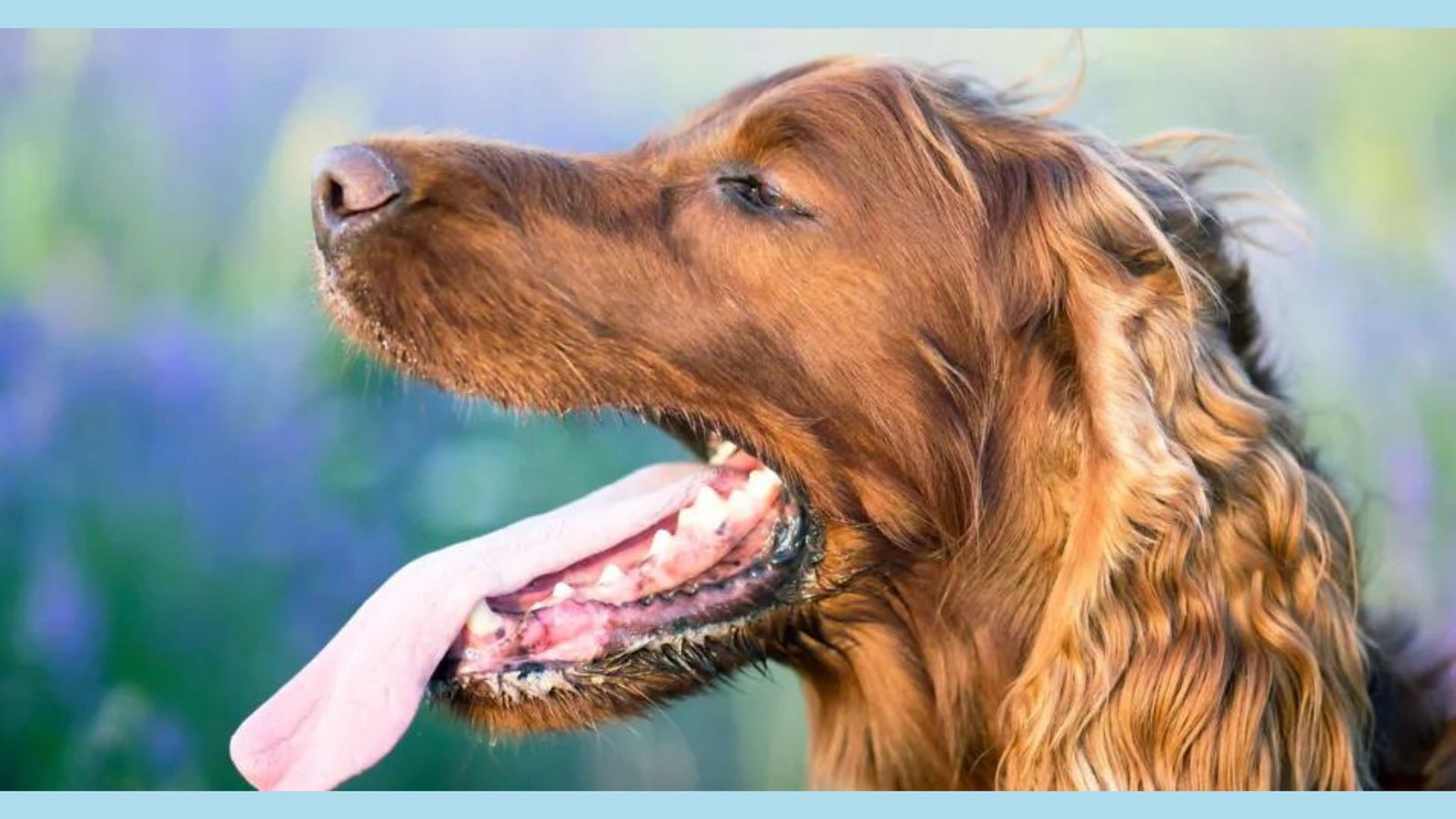
UNDERSTANDING DOG THERMOREGULATION
Dogs cool themselves differently than humans. People mainly sweat, but dogs pant to release heat. As dogs pant, moisture from their tongue and airways evaporates, dispersing bodily warmth. Panting regulates temperature during hot weather or exercise.
What is Overheating in Dogs
Sometimes, panting can’t keep overheated dogs cool enough. This dangerous overheating, called heatstroke, means their temperature exceeds their cooling capacity, risking organ failure or death. Owners should learn heatstroke signs like excessive panting, drooling, fast breathing, lethargy, and collapse. Act quickly to lower an overheated dog’s temperature if signs appear.
Dogs can get too hot. If they are panting a lot, move them to a cool, shaded spot. Offer fresh water. Use cool (not cold) water to wet their fur. Cold water or ice can cause problems. Their body may get too cold too fast. This can shock the dog. Some dogs with heatstroke may need help from the vet. The vet may give the dog fluids through a vein. This helps the dog drink and cool down. The vet will check the dog’s signs and give care as needed. Heatstroke is dangerous. Fast help from the vet is very important.
Preventive Measures for Overheating In Dogs
Stopping heatstroke in dogs is key. Never leave a dog in a parked car. Even on mild days, the car can get very hot inside. When taking dogs for a walk, go in the cooler times of day. Let dogs drink water often when it is hot. Give dogs shade and good airflow in their space. This prevents overheating.
In the end, knowing how dogs cool down is crucial for pet owners. Dogs mainly cool down by panting. But panting alone is not enough when overheated. Recognizing heatstroke signs and acting right away is vital. By avoiding hot cars, providing shade and airflow, owners can keep dogs safe in hot weather.
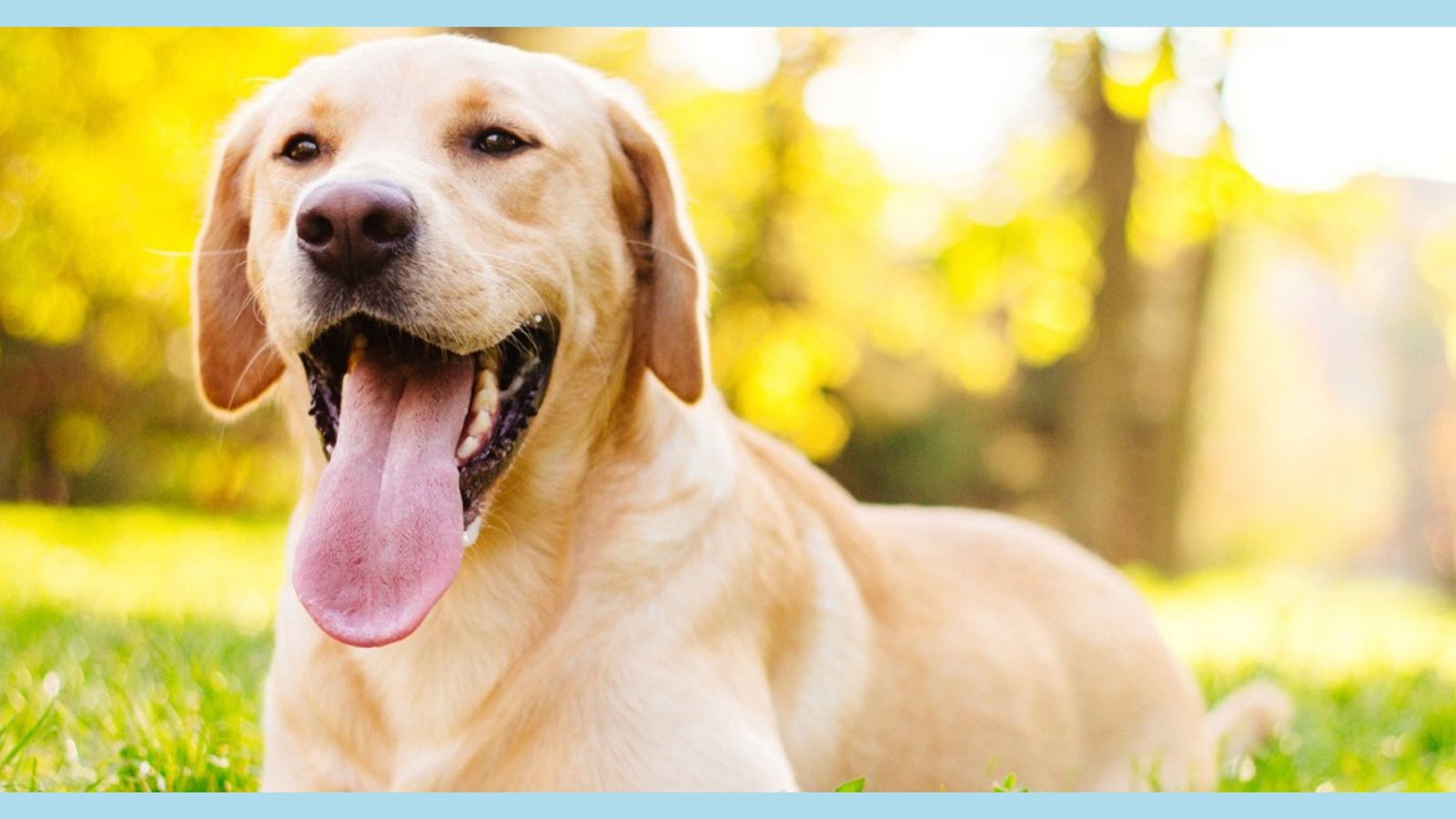
THE RISKS OF OVERHEATING DOGS TO DRINK WATER
Although it may seem counterintuitive, allowing dogs to drink water when they are overheating can actually exacerbate the problem. When a dog drinks water, it can cause their body temperature to rise even further, as the process of digestion generates heat. This can put additional strain on their already overworked thermoregulatory system and potentially worsen the symptoms of heatstroke.
Gastric Dilatation-Volvulus In Dogs
So when a dog drinks water rapidly, they may also gulp in air, leading to bloating or gastric dilatation-volvulus (GDV), a life-threatening condition where the stomach twists. GDV can cause severe pain, difficulty breathing, and even death if not promptly addressed by a veterinarian.
When a dog’s body temperature rises to dangerous levels it’s called a heatstroke or also known as hyperthermia. It can be caused by various factors, such as prolonged exposure to high temperatures, excessive exercise, or being left in a hot car. When a dog is overheated, their body struggles to dissipate the excess heat, leading to a cascade of physiological reactions.
One of the body’s natural mechanisms to cool down is panting. Through panting, dogs release heat by evaporating moisture from their respiratory tract. However, panting alone may not be sufficient to bring down their body temperature to safe levels. This is where the misconception about drinking water comes in.
While it is essential to keep a dog hydrated, allowing them to drink water when they are already overheated can be risky. When a dog drinks water, especially in large quantities, it can increase their internal body temperature. This is because the process of digestion generates heat as the body works to break down and absorb the water.
Bloating In Dogs
As dogs get hotter, their body system that controls internal temperature struggles. This can make heat-sickness symptoms worse, like panting heavily, drooling lots, feeling weak, vomiting, or collapsing. Also, if a dog gulps water too quickly, they might swallow air too, causing bloating or twisted stomach (GDV). GDV is very dangerous because it can cut off blood flow to the stomach, damaging organs.
Preventing overheating is key – give dogs shade, cool areas, no hard exercise in hot times, and never leave them in parked cars. Let them drink small amounts of water regularly instead of big gulps to stay hydrated safely. GDV is a serious emergency needing care right away. It happens when the stomach twists, blocking blood supply. This can kill stomach tissue and harm organs.
To avoid heat issues and twisted stomach, be proactive in hot weather. Provide shade and good air flow. Don’t let dogs exercise hard in peak heat. Never leave them alone in a car. Give small water sips often instead of big drinks at once. This prevents overheating while keeping dogs hydrated properly.
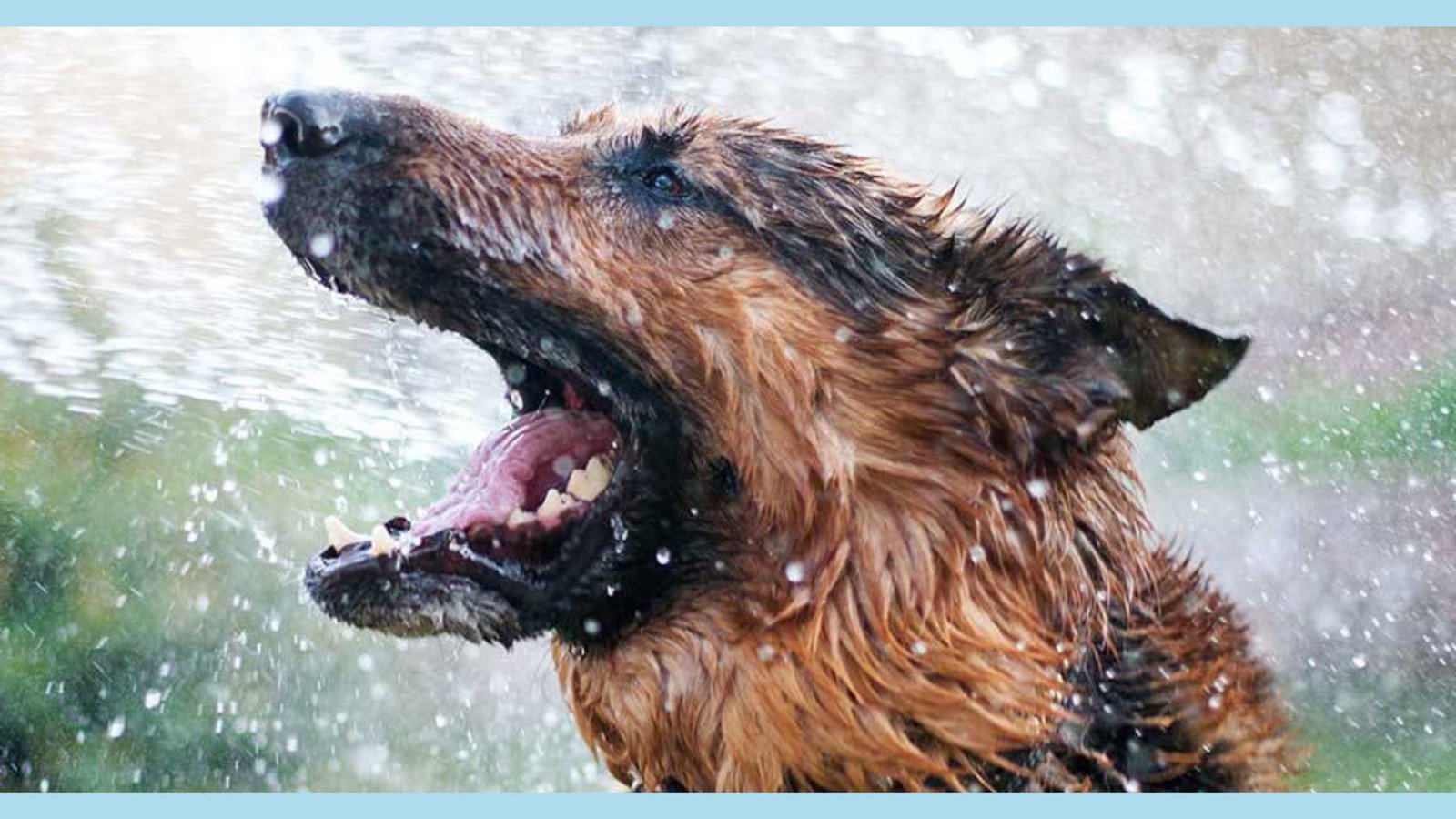
THE IMPORTANCE OF REST AND COOLING MEASURES FOR DOGS
When a dog is overheating, letting them rest and cool down is most important before giving water. Place your pup in a shaded, chilled area first. This allows their body to recover and regulate temperature naturally. Overheating can cause major issues like heat stroke, so addressing the root problem is critical.
Helping Dogs Stay Cool
Resting in a cool, shaded spot helps dogs lower their body heat slowly. Their inside warmth goes down, so they won’t get sick from being too hot. Dogs cool themselves mainly by panting. Panting makes moisture evaporate from their breathing tubes, cooling them off. But when dogs overheat, panting alone may not cool them enough. That’s why giving them a cool, shady resting area is vital. Besides rest, other cooling methods can help dogs chill out too.
One good way is to put cool (not cold) water on certain body parts. These include paws, ears, armpits, and groin. More blood vessels are in these areas. Putting cool water there helps remove heat faster. But don’t use frigid water, it constricts blood vessels, preventing cooling. Lukewarm or slightly cooler than body temp water works best. Use a damp towel or spray bottle to apply it gently. This gradually cools dogs and gives relief from heat.
Prevent Doggy Heat Illnesses
Making a cool space for your dog also helps them recover from overheating. Use fans or air conditioning to circulate fresh, cool air and lower the temperature. This is really helpful indoors or enclosed areas. But avoid direct sun or unventilated spots, it can overheat dogs and stop them from cooling off properly.
When a dog overheats, it’s crucial to let them rest and cool down. Provide a cool, shaded area for them to rest in. This allows their body to recover and naturally regulate their temperature. Apply cool water to specific body areas to help dissipate heat and provide relief. Creating a cool environment with fans or air conditioning aids their recovery. Prioritizing rest and cooling measures helps your dog avoid heat-related illnesses and ensures their well-being during hot weather.

OFFERING DOGS WATER AFTER REST AND COOLING
Once your dog has rested and cooled down, you can offer them water. However, provide small amounts and encourage slow drinking. Consuming water too quickly can still lead to potential issues like bloating or vomiting. Use a shallow bowl to prevent fast drinking.
Monitor Dog’s Water Intake
Dogs may prefer slightly chilled water, but avoid ice-cold water as it can upset their stomach. When offering water, monitor their intake. Dehydration can be serious, especially during hot weather or after exercise. Signs of dehydration in dogs include dry gums, sunken eyes, lethargy, and loss of skin elasticity. Besides water, you can offer electrolyte solutions to help replenish their body’s electrolyte balance.
Have you noticed your pup not drinking enough water? Some solutions can help fix this. Pet stores offer products to make water tastier for dogs. Just give small amounts based on package instructions. Setting a routine is key to keeping your furry friend hydrated all day long. Always provide fresh, clean water and wash the bowl often to stop bacteria growth. By taking these steps and monitoring how much they drink, you’ll help your dog stay happy and hydrated.
Preventing Overheating and Dehydration in Dogs
While knowing what to do if your dog overheats is important, preventing the issue is even better.
Here are tips to help avoid overheating and dehydration in dogs:
- Walk your dog in the cooler morning or evening hours, not the hottest part of the day. This prevents too much exertion in the heat and reduces overheating risk. Easy does it when it’s scorching outside.
- Make sure your pup always has access to fresh water and shade, especially when it’s hot out. Dogs can get dehydrated quickly in high temps, so a cool resting spot and plenty of water are essential. Don’t let them bake in the sun!
- Never leave your furry friend in a parked car, even with cracked windows. Car interiors can become dangerously hot within minutes on a warm day, risking heatstroke and dehydration. If running errands, it’s best to leave your pup safe at home where they can stay cool.
It’s smart to use cooling products like mats or vests. They regulate dogs’ temperatures in hot weather. This helps dogs with thick fur or short snouts. These breeds get too hot easily.
Keep an eye on your dog during outside play. Watch for overheating signs like heavy panting, drooling, weakness, or fainting. If you see these, act fast to cool your dog. Move them to shade. Put cool water on their body. Call the vet for help.
Following these tips keeps your dog safe and comfortable in heat. It reduces risks like overheating and dehydration.
